Traveling the world offers one-of-a-kind experiences, but some destinations come with significant risks that travelers should carefully consider.
Certain places pose dangers that far outweigh the rewards. Understanding the risks involved can help travelers make informed decisions and prioritize their safety.
Here, we highlight the countries that, due to various threats, should be avoided by those seeking safe and enjoyable journeys.
Afghanistan
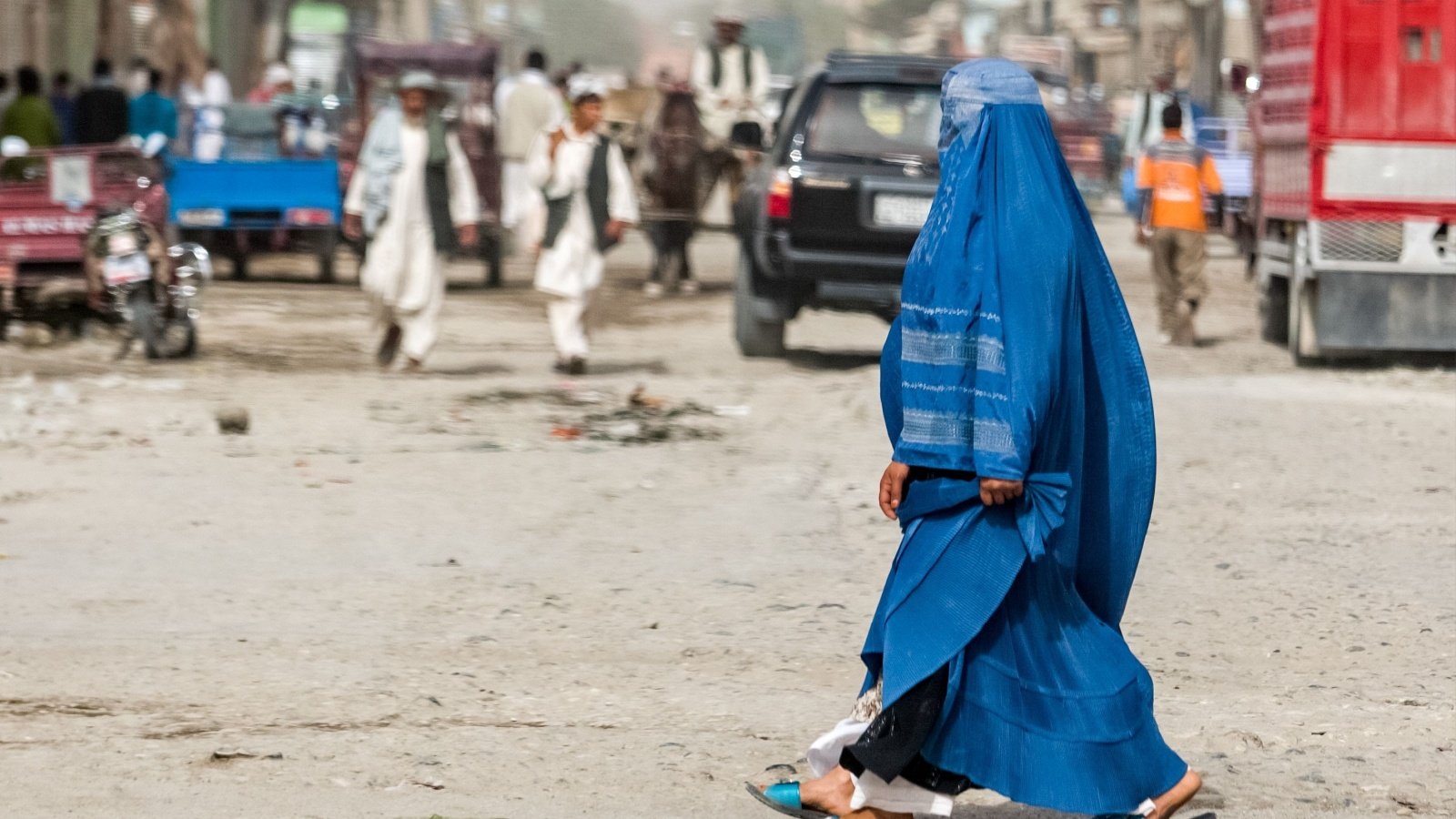
Afghanistan remains one of the most dangerous countries in the world, with ongoing conflict and high levels of terrorism. The presence of extremist groups, frequent attacks, and political instability make it unsafe for travelers. Despite its rich history and cultural heritage, the security risks are too significant to ignore.
Syria
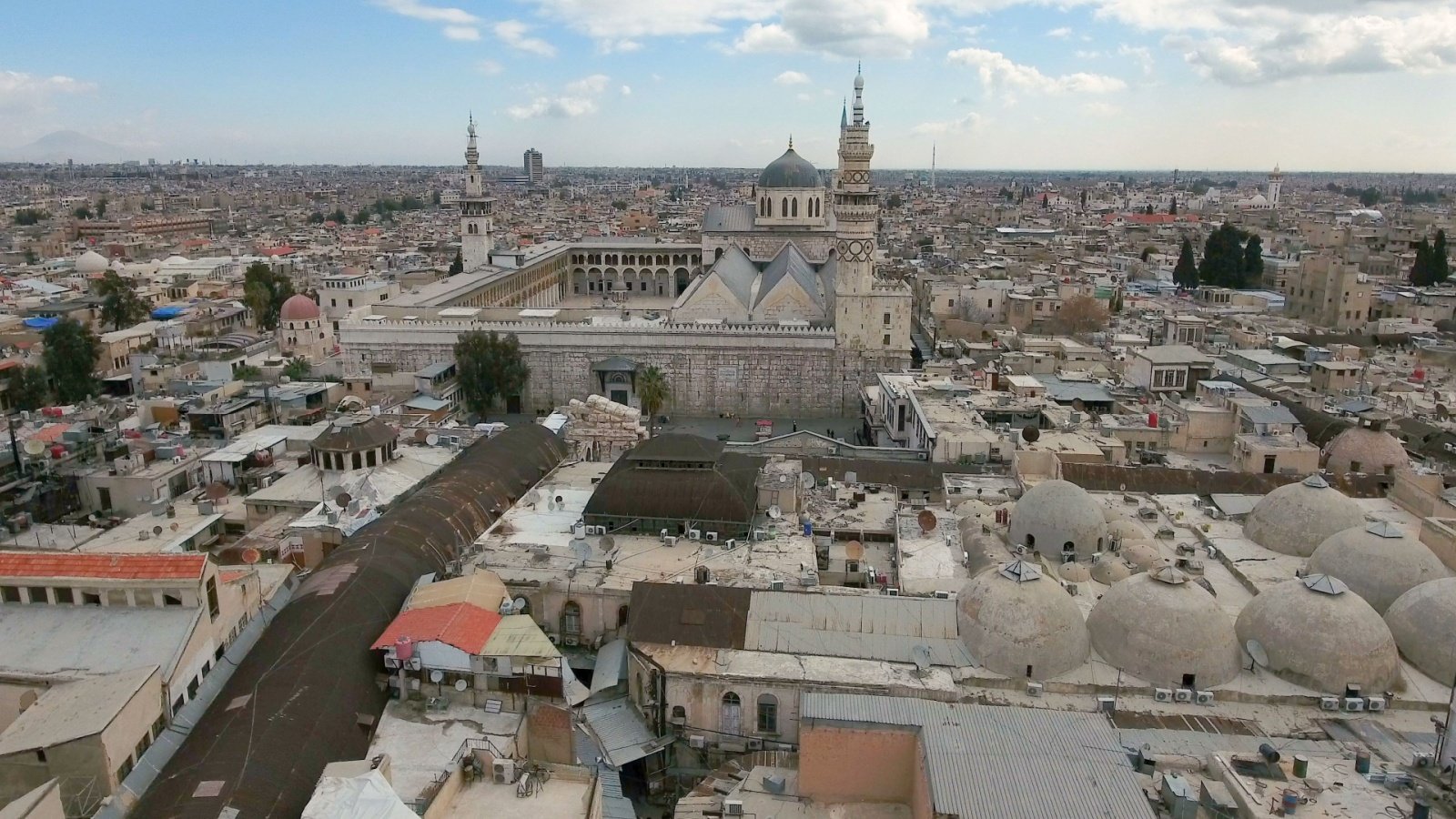
Syria has been devastated by years of civil war, making it an extremely perilous destination. The country is plagued by ongoing violence, terrorist activity, and widespread destruction. The risks associated with kidnapping, bombings, and military operations are severe, making it a no-go zone for tourists.
Yemen
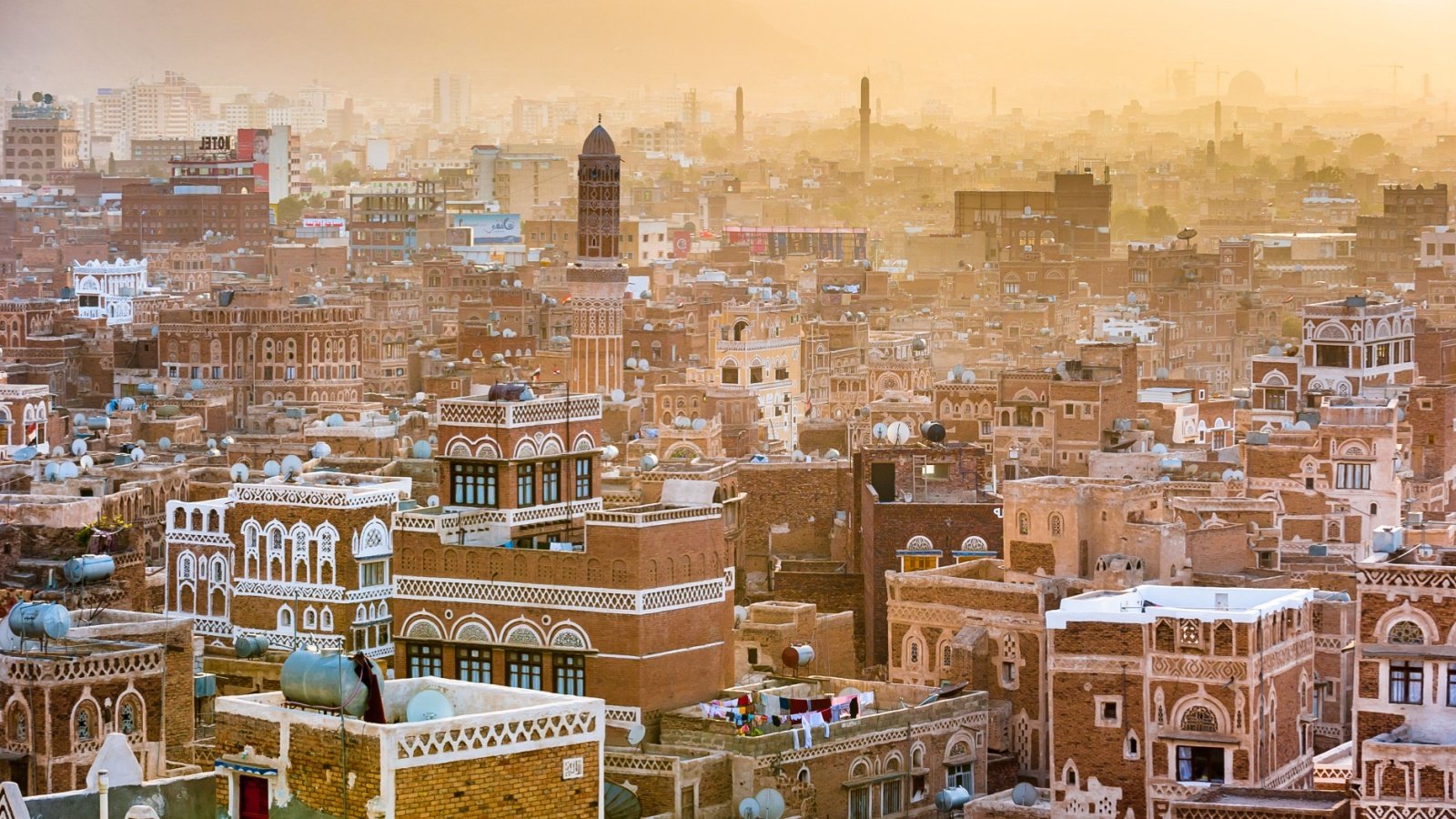
Yemen is currently experiencing one of the world’s worst humanitarian crises due to ongoing conflict and famine. The country is highly unstable, with frequent airstrikes, armed clashes, and the presence of extremist groups. The safety of travelers cannot be guaranteed, making Yemen a country to avoid at all costs.
Somalia
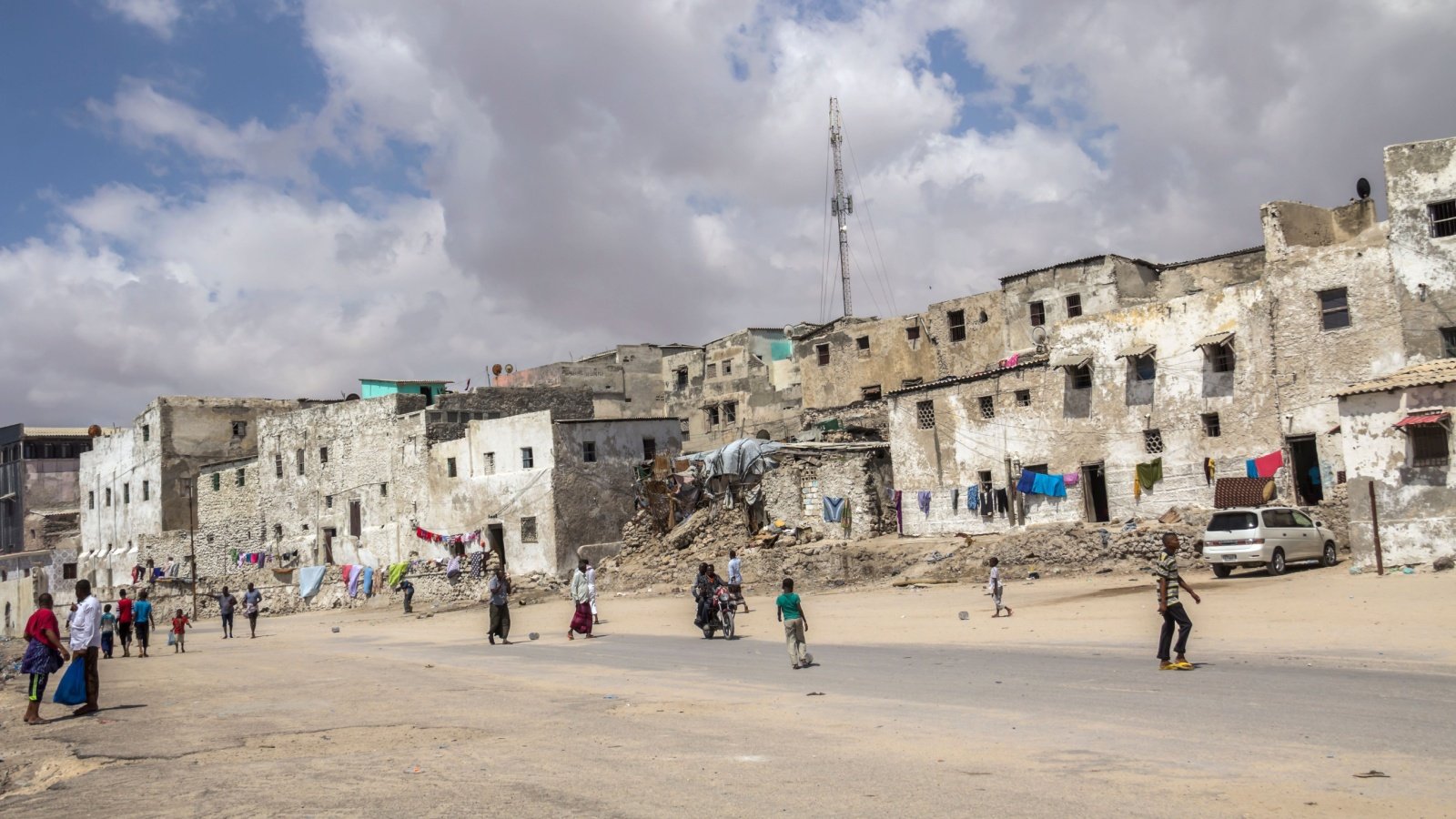
Somalia is notorious for its high levels of violence, piracy, and terrorism, making it one of the most dangerous places to visit. The lack of effective government control and the presence of militant groups like Al-Shabaab contribute to the overall instability. Travelers face significant risks, including kidnapping and armed robbery.
Libya

Libya has been in turmoil since the fall of its government in 2011, leading to ongoing conflict and lawlessness. The country is divided among various armed groups, and the threat of violence is ever-present. Travelers are at risk of being caught in crossfire or targeted by extremist factions, making Libya extremely dangerous.
Venezuela

Venezuela is grappling with severe political and economic instability, leading to widespread crime and violence. The country has one of the highest murder rates in the world, and kidnappings are common. In addition to safety concerns, travelers may face shortages of basic necessities, including food and medicine.
South Sudan
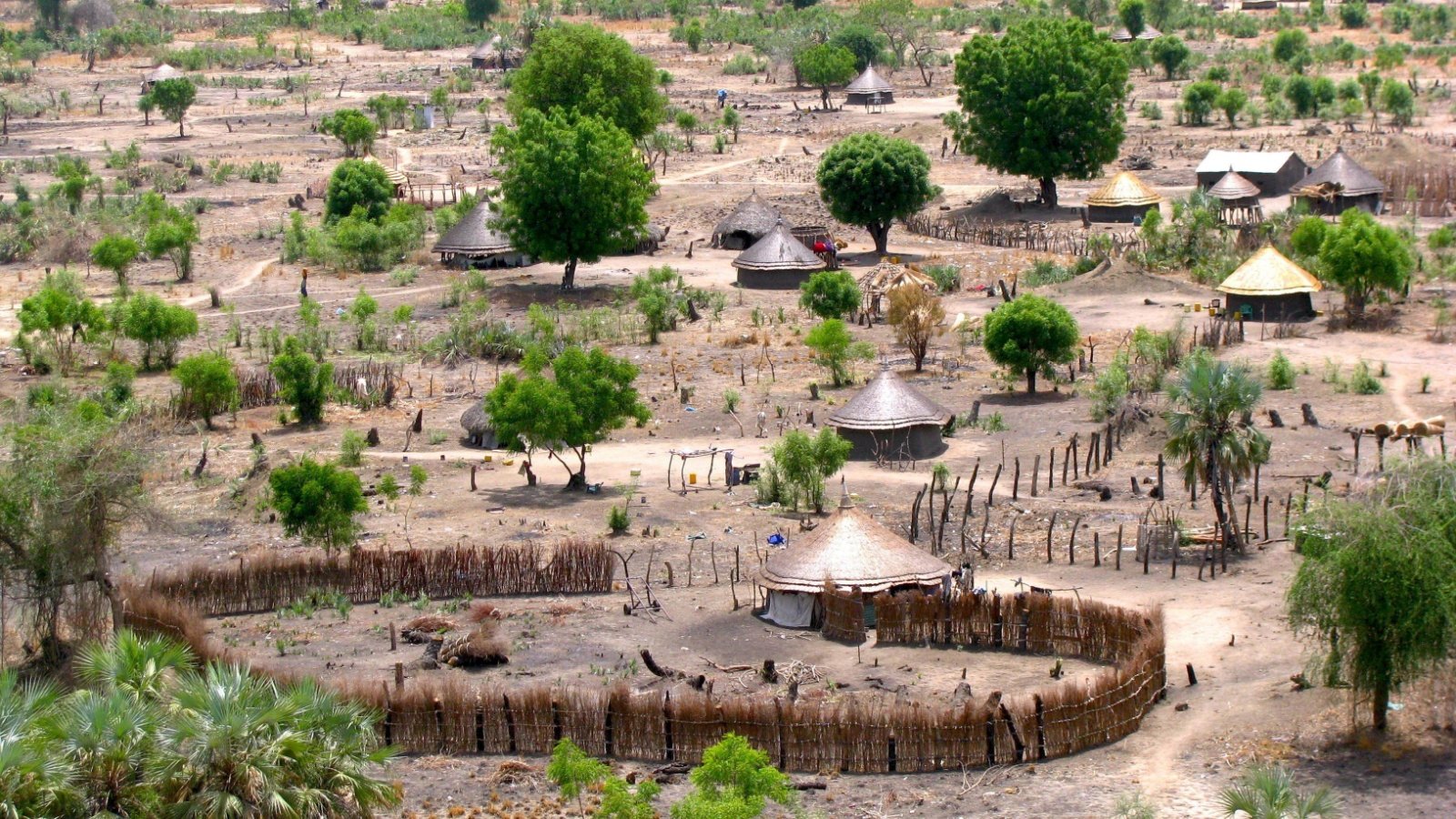
South Sudan has been mired in conflict since gaining independence in 2011, with ongoing civil war and ethnic violence. The country is plagued by armed clashes, human rights abuses, and widespread hunger. The lack of infrastructure and medical care makes it an extremely risky destination for travelers.
Central African Republic
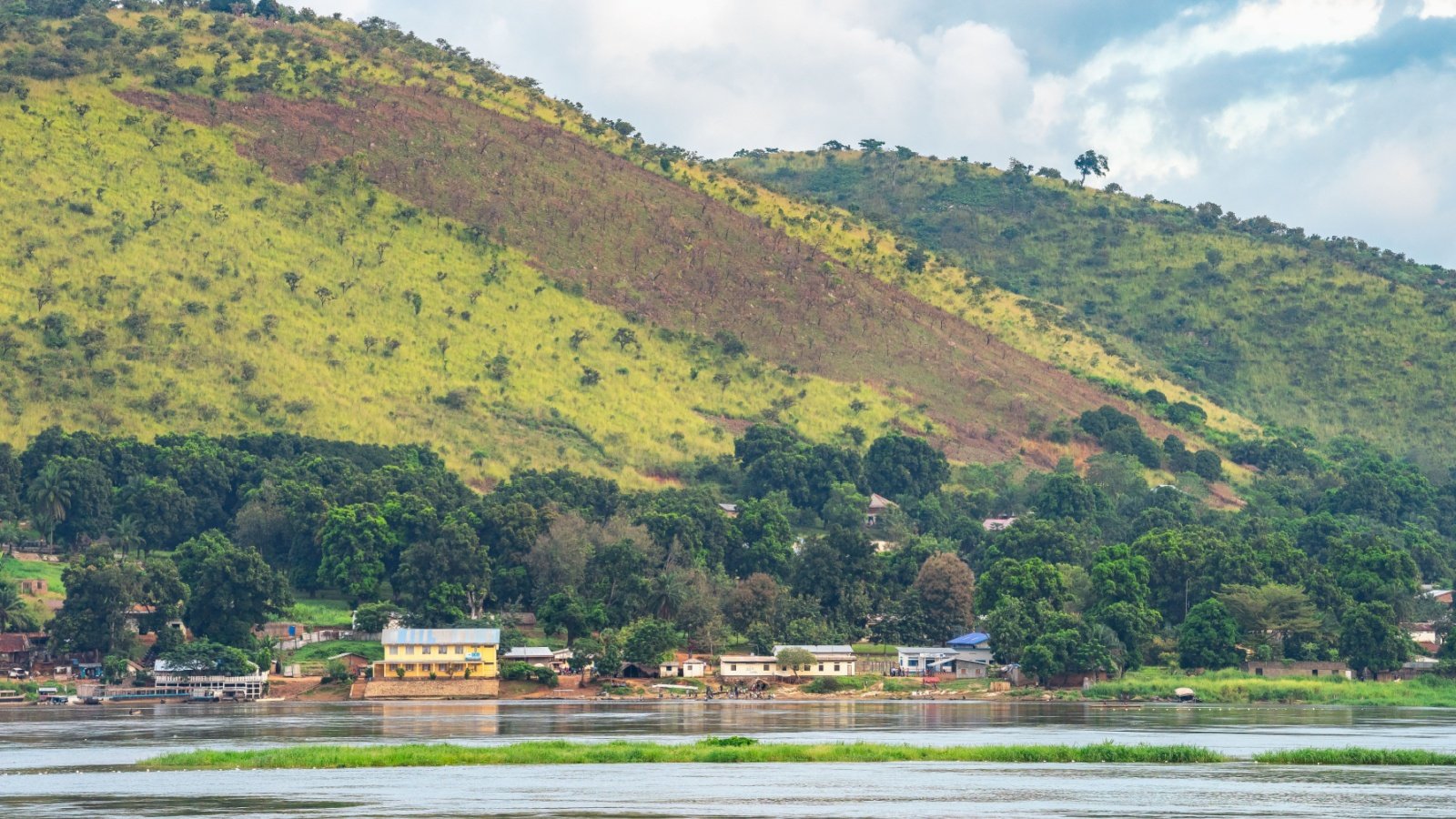
The Central African Republic is one of the most dangerous countries in Africa, with widespread violence from armed groups and militias. The security situation is volatile, with frequent reports of kidnappings, assaults, and attacks on civilians. The lack of a stable government further exacerbates the dangers, making it a country to avoid.
Iraq

Despite improvements in some areas, Iraq remains a dangerous destination due to ongoing terrorist activity and sectarian violence. The presence of armed groups and the threat of attacks make it highly unsafe, especially for foreign visitors. The risk of kidnapping, bombings, and other violent incidents is significant.
North Korea

North Korea is not only politically isolated but also poses serious risks to travelers due to its authoritarian regime. The government tightly controls all aspects of life, and even minor infractions can lead to severe punishment, including imprisonment. The lack of diplomatic relations with many countries further complicates any potential issues that travelers might face.
Nigeria
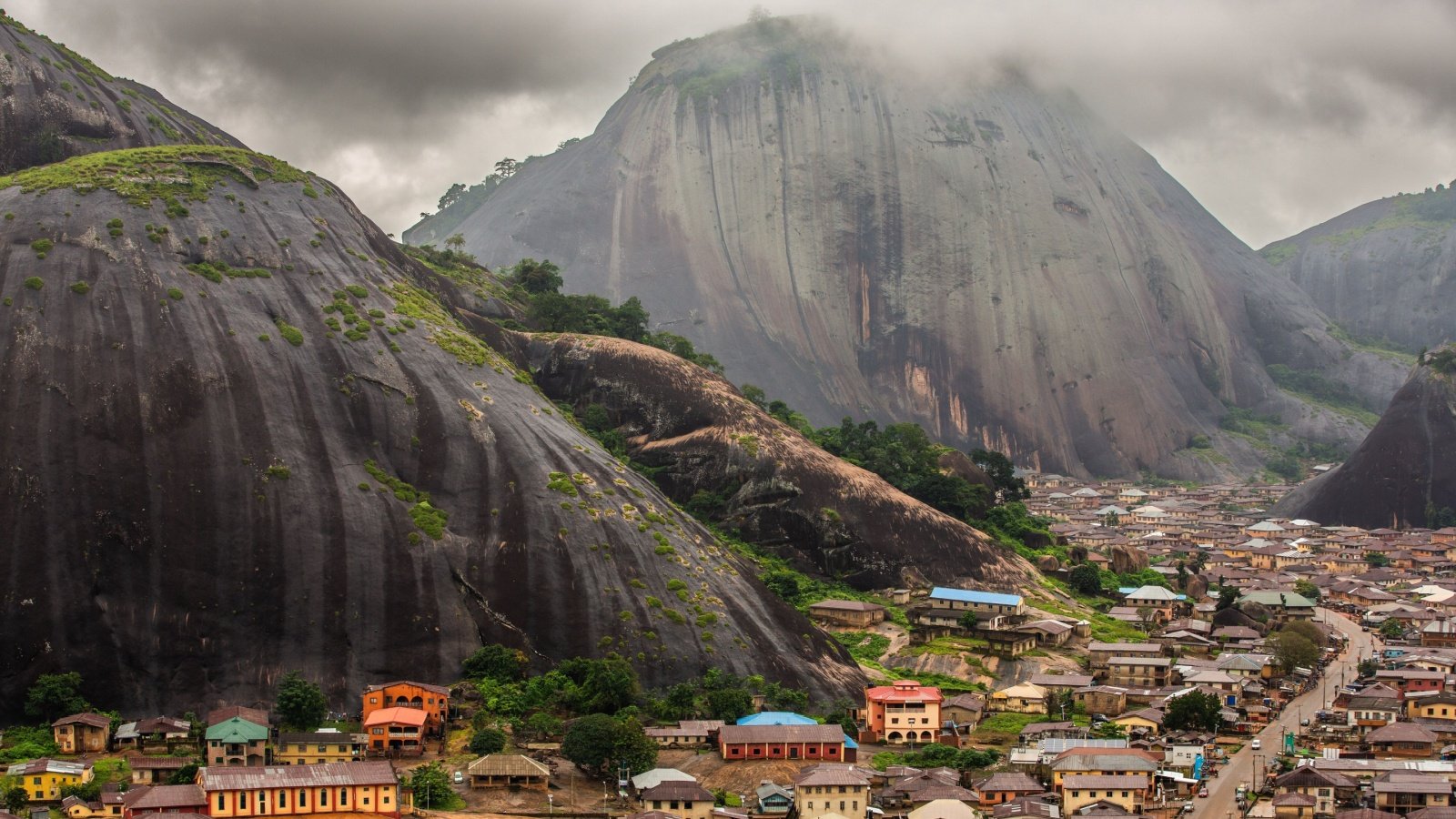
Certain regions of Nigeria, particularly the northeast, are highly dangerous due to the presence of Boko Haram and other militant groups. Kidnappings, bombings, and violent attacks are common in these areas. Additionally, the high crime rates in some cities pose further risks to visitors, making caution essential when considering travel to Nigeria.
Haiti
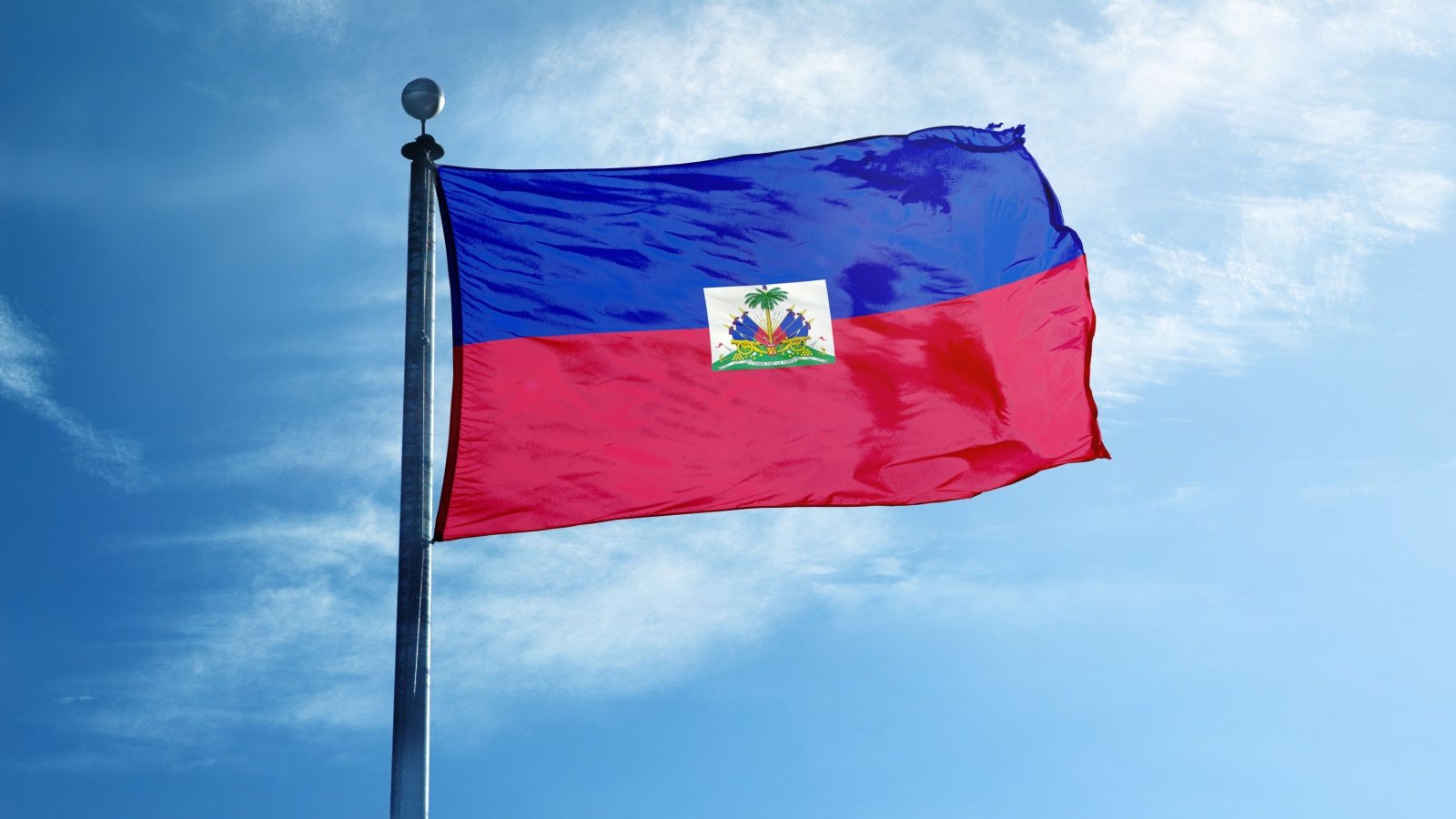
Haiti faces significant challenges, including political instability, gang violence, and frequent natural disasters. The security situation is unpredictable, with a high risk of kidnapping, armed robbery, and violent protests. Despite its vibrant culture and history, the safety risks in Haiti are substantial.
Pakistan
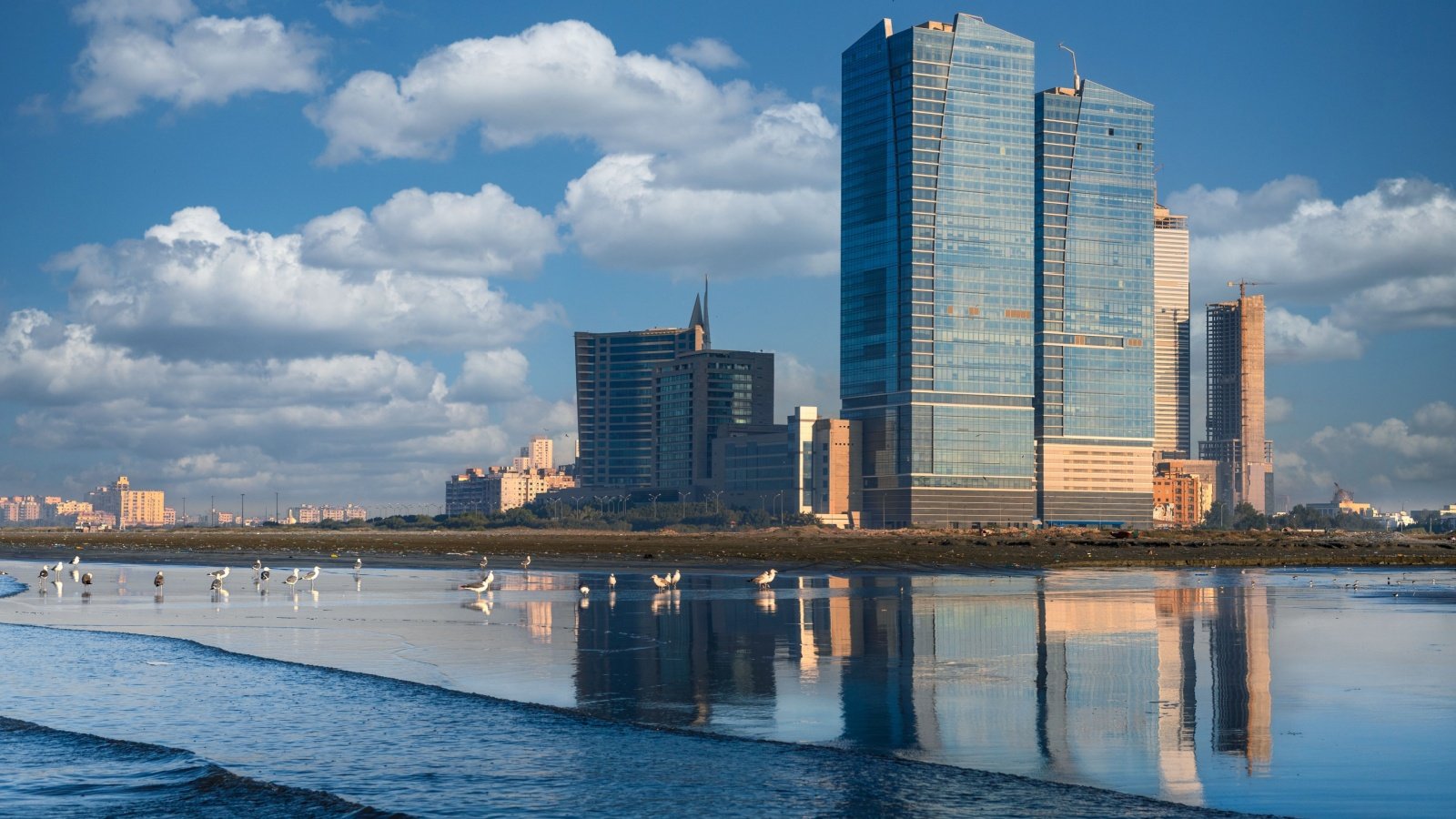
While parts of Pakistan are relatively safe, other regions, particularly near the border with Afghanistan, are highly dangerous. The presence of extremist groups and ongoing military operations create a volatile environment. Travelers are advised to exercise extreme caution due to the risk of terrorist attacks, kidnappings, and political violence.
Sudan
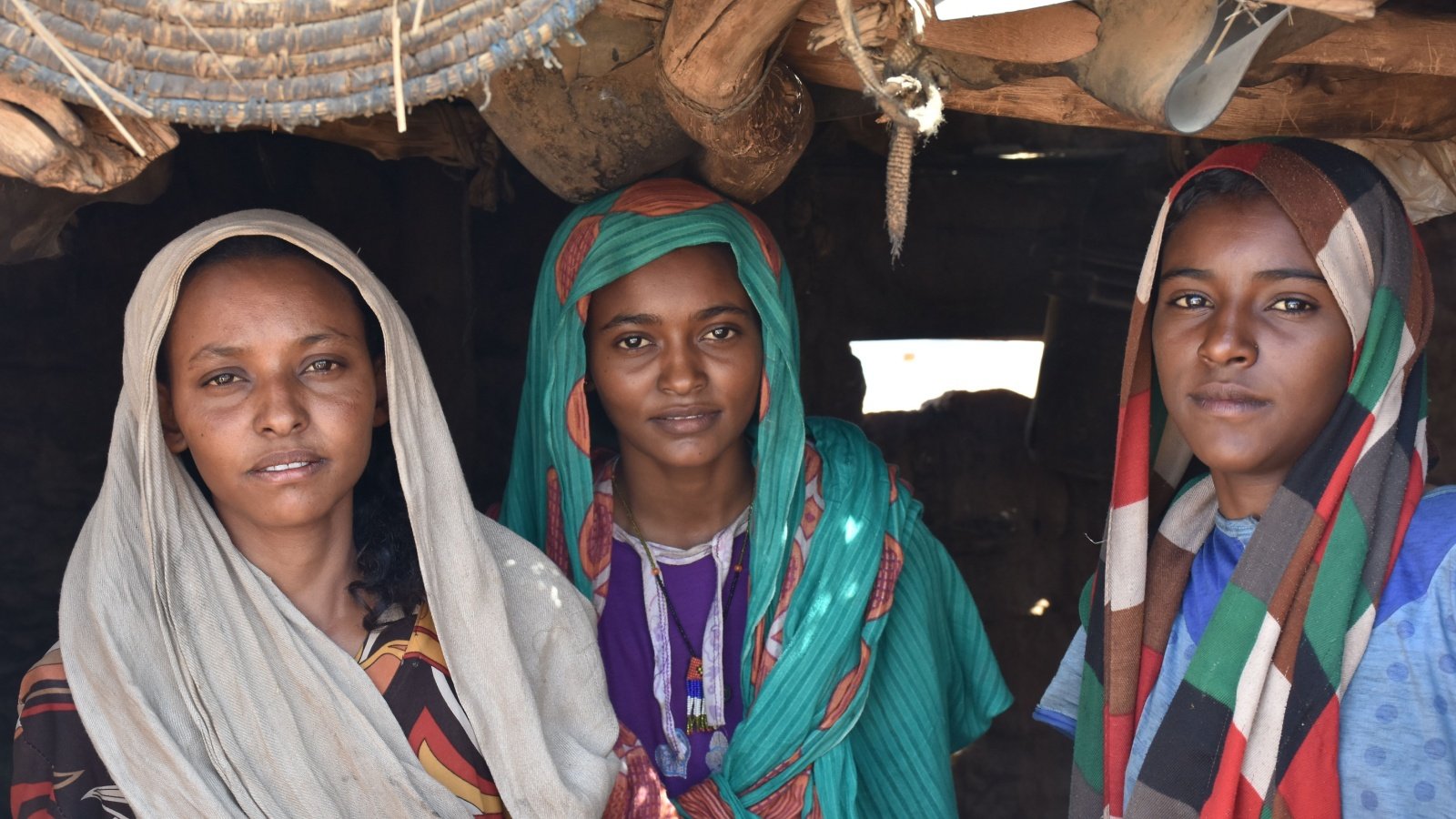
Sudan has a history of conflict, and certain areas remain dangerous due to ongoing violence and unrest. The Darfur region, in particular, is plagued by militia activity, and travelers face risks of kidnapping, armed attacks, and other violent incidents. Political instability and a lack of infrastructure add to the challenges of visiting Sudan.
Mali
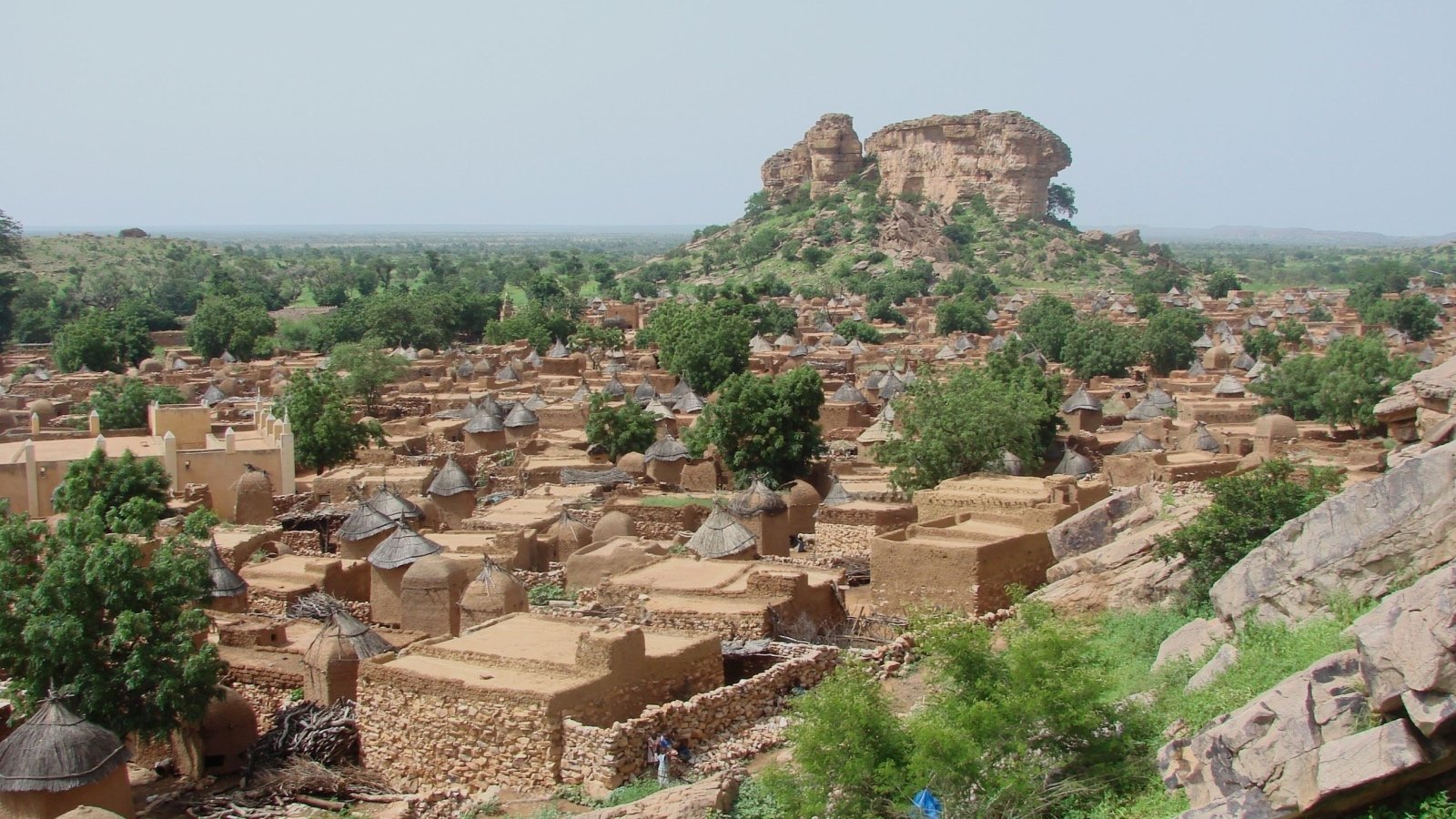
Mali has seen an increase in violence in recent years, particularly in the northern and central regions. Terrorist groups, including Al-Qaeda affiliates, are active in these areas, making travel extremely hazardous. The risk of kidnapping, attacks on foreigners, and general lawlessness is high.
Democratic Republic of the Congo
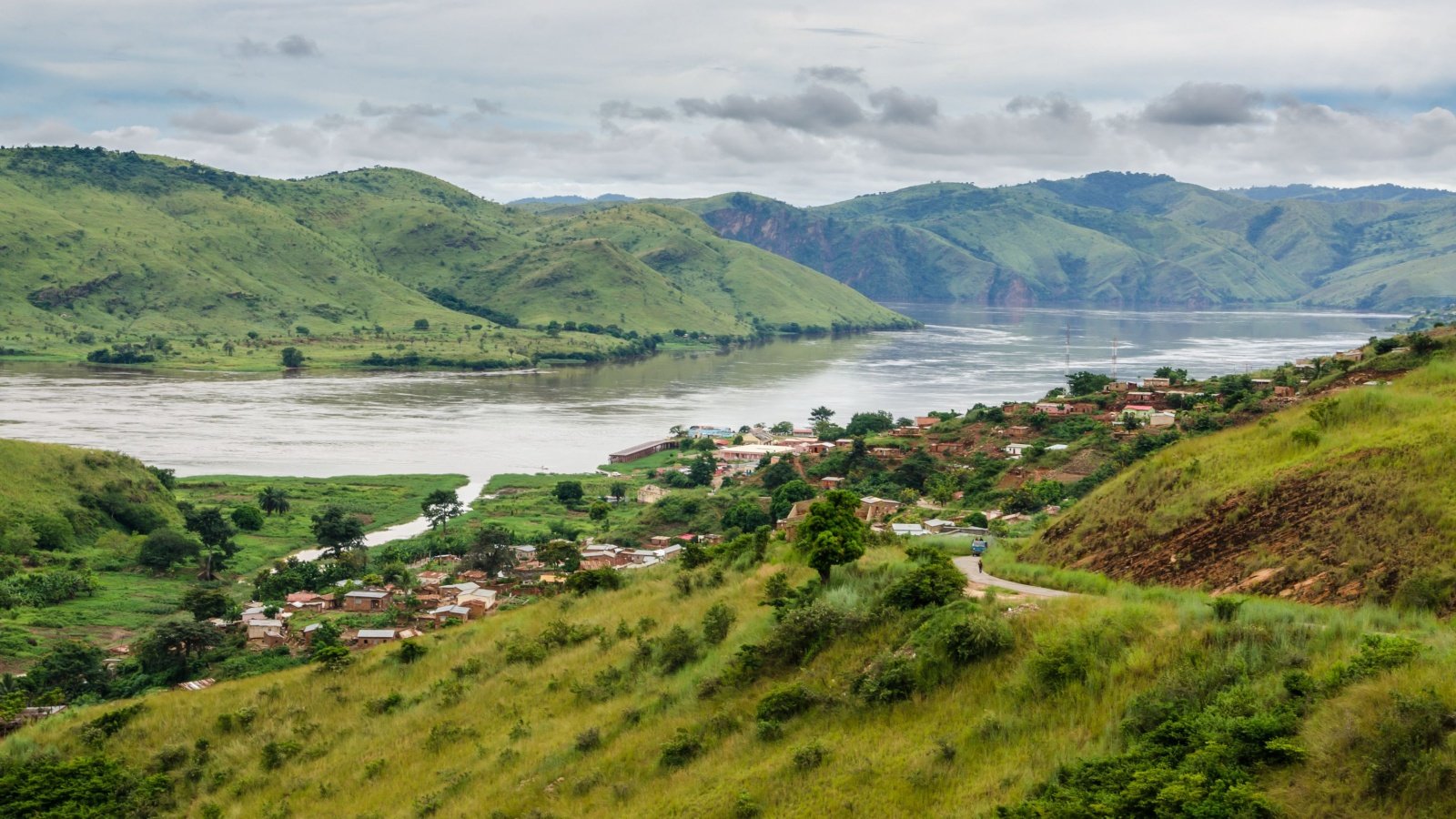
The Democratic Republic of the Congo is plagued by ongoing conflict, especially in the eastern regions, where armed groups are active. The country has a high risk of violence, including kidnappings, sexual assault, and attacks on civilians. The lack of infrastructure and medical care further increases the dangers for travelers.
El Salvador
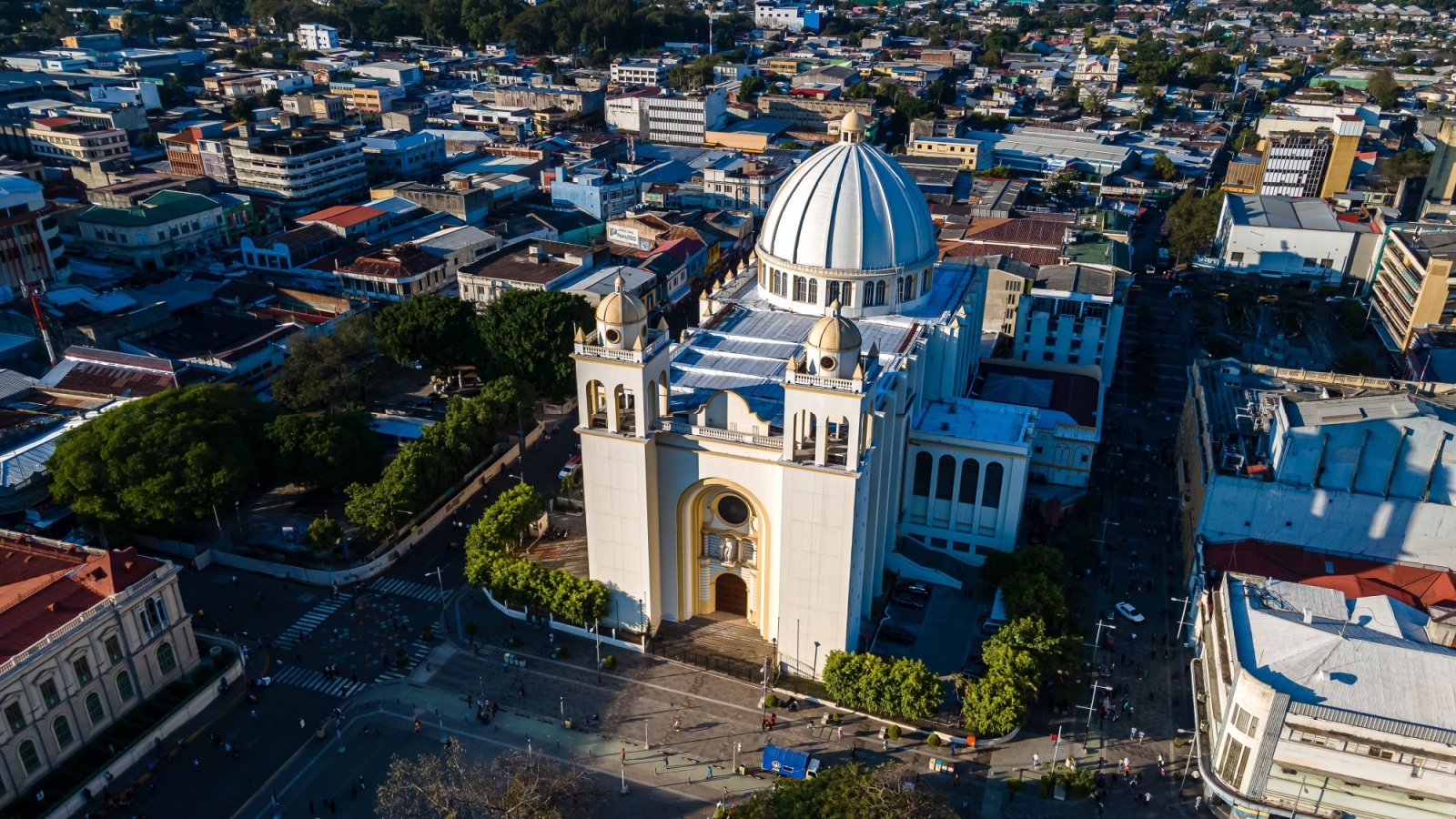
El Salvador has one of the highest murder rates in the world, largely due to gang violence. The country’s security situation is precarious, with frequent reports of armed robberies, assaults, and kidnappings. Travelers are advised to avoid certain areas and exercise extreme caution.
Honduras
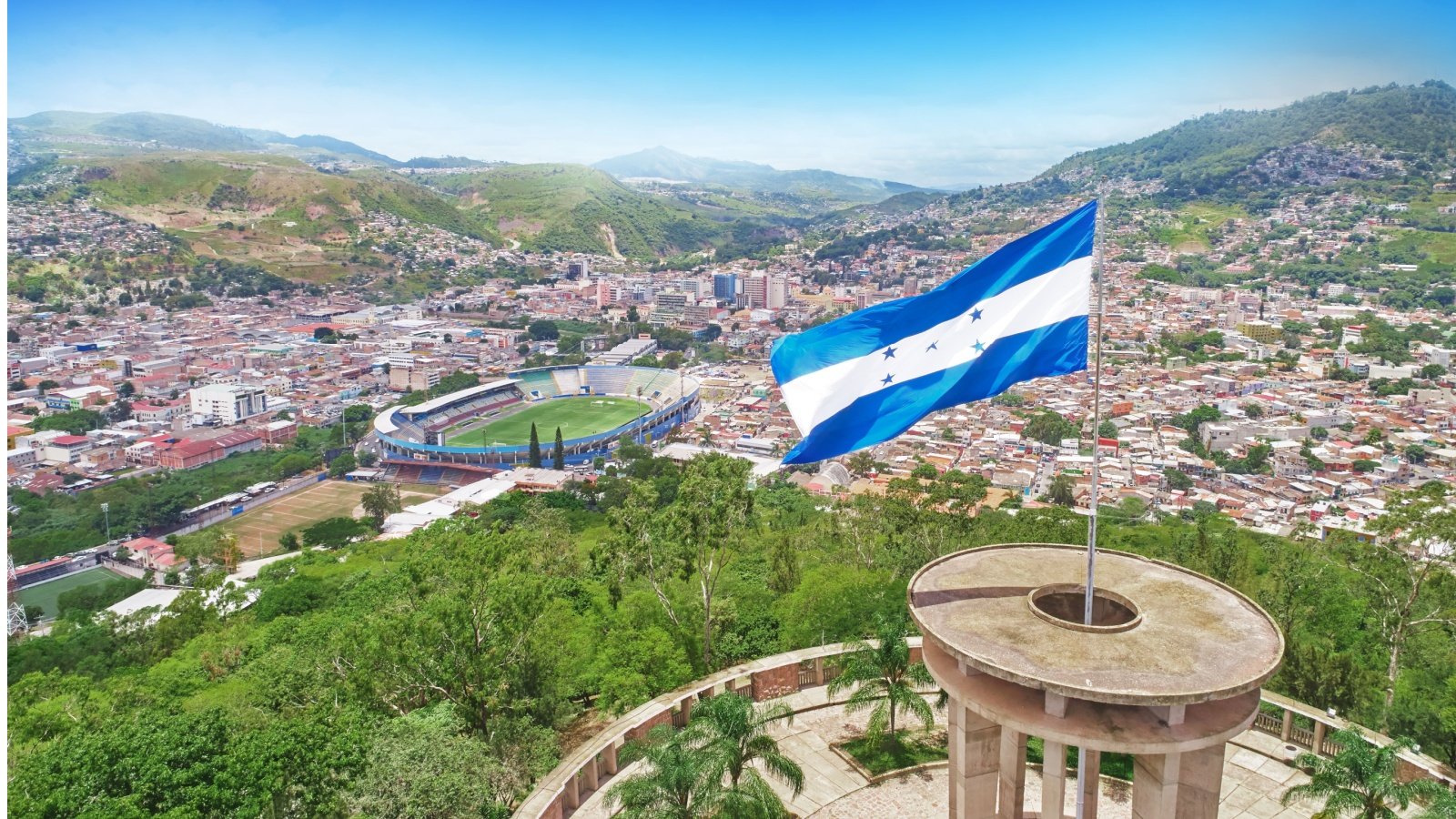
Honduras is another Central American country with alarmingly high levels of violent crime, particularly in urban areas. Gang activity, including extortion, kidnappings, and shootings, is rampant. The risks associated with traveling to Honduras are significant, particularly for those unfamiliar with the local situation.
Burkina Faso
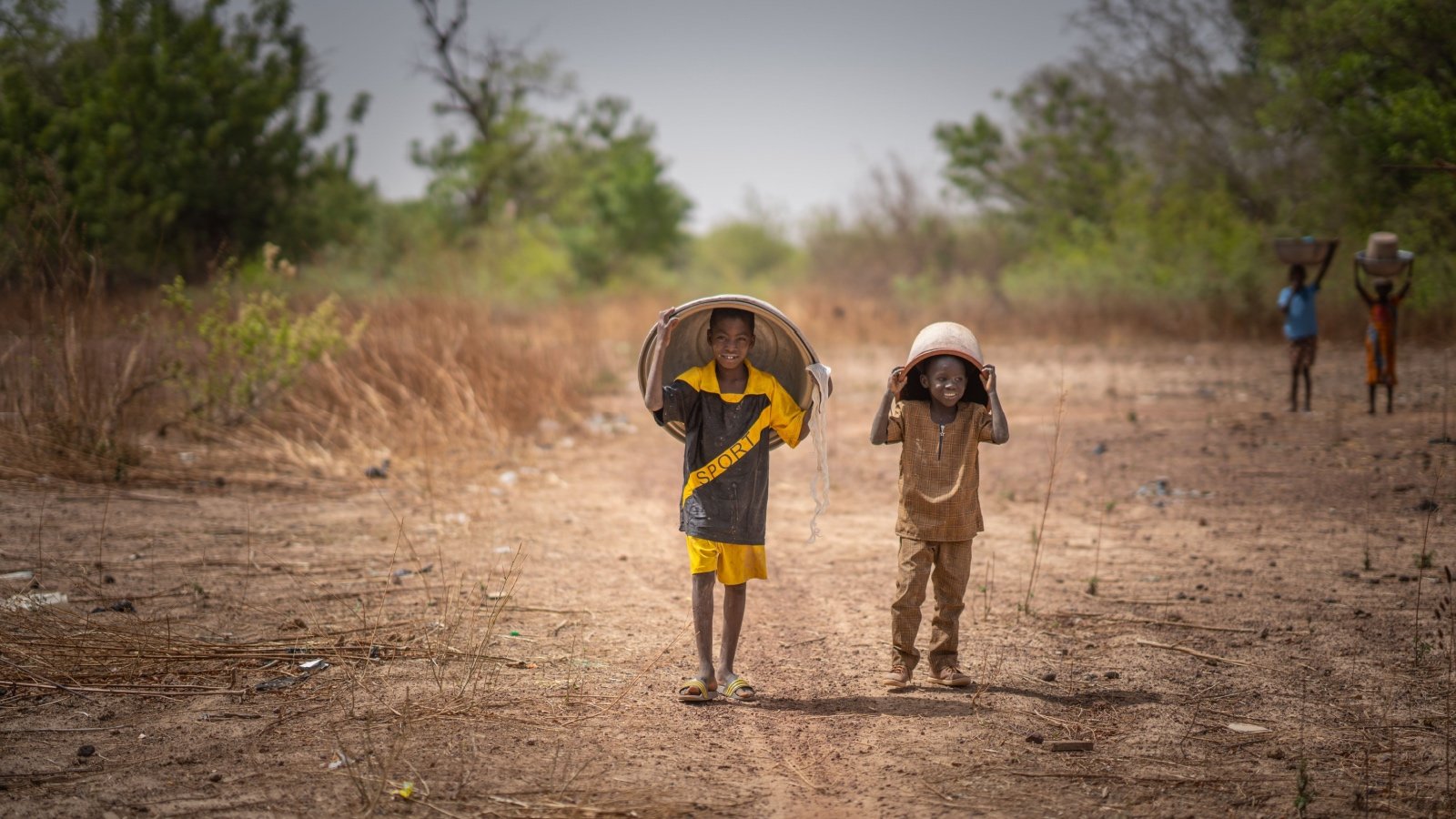
Burkina Faso has experienced a surge in terrorist attacks and violence in recent years, particularly in the northern regions. The presence of extremist groups has led to frequent kidnappings, assaults, and attacks on civilians. The country’s deteriorating security situation makes it a highly dangerous destination.
Myanmar (Burma)

Myanmar has seen increased violence and political unrest following the military coup in 2021. The crackdown on protests, armed conflict in ethnic regions, and widespread human rights abuses create a highly volatile environment. Traveling to Myanmar poses significant risks, especially given the lack of international support for stranded travelers.
Mozambique
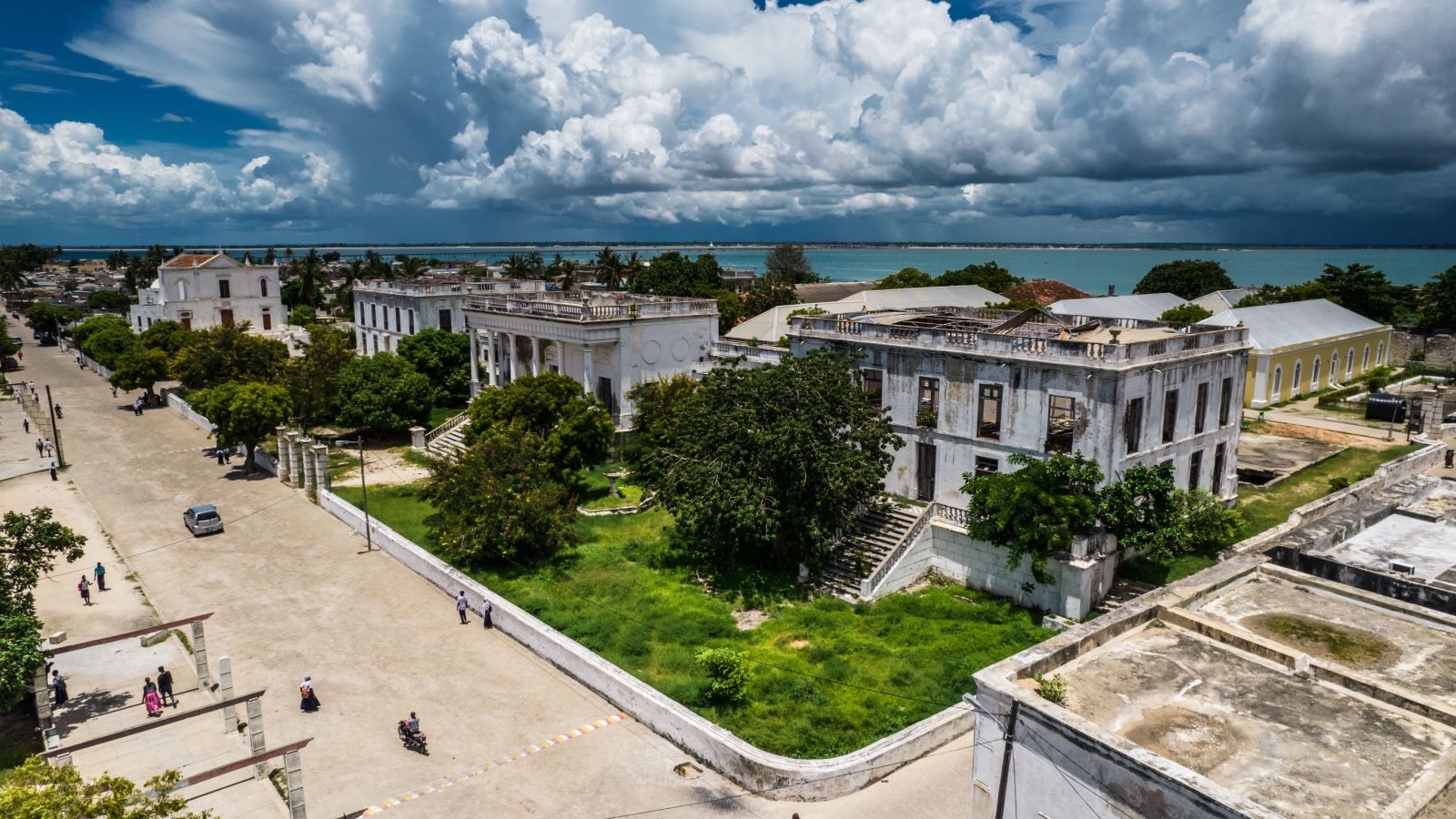
Mozambique, particularly the northern Cabo Delgado province, has been affected by an ongoing insurgency that has displaced thousands of people. The threat of attacks from extremist groups, including kidnappings and assaults, is high. The security situation is unstable, making Mozambique a dangerous place for travelers.







